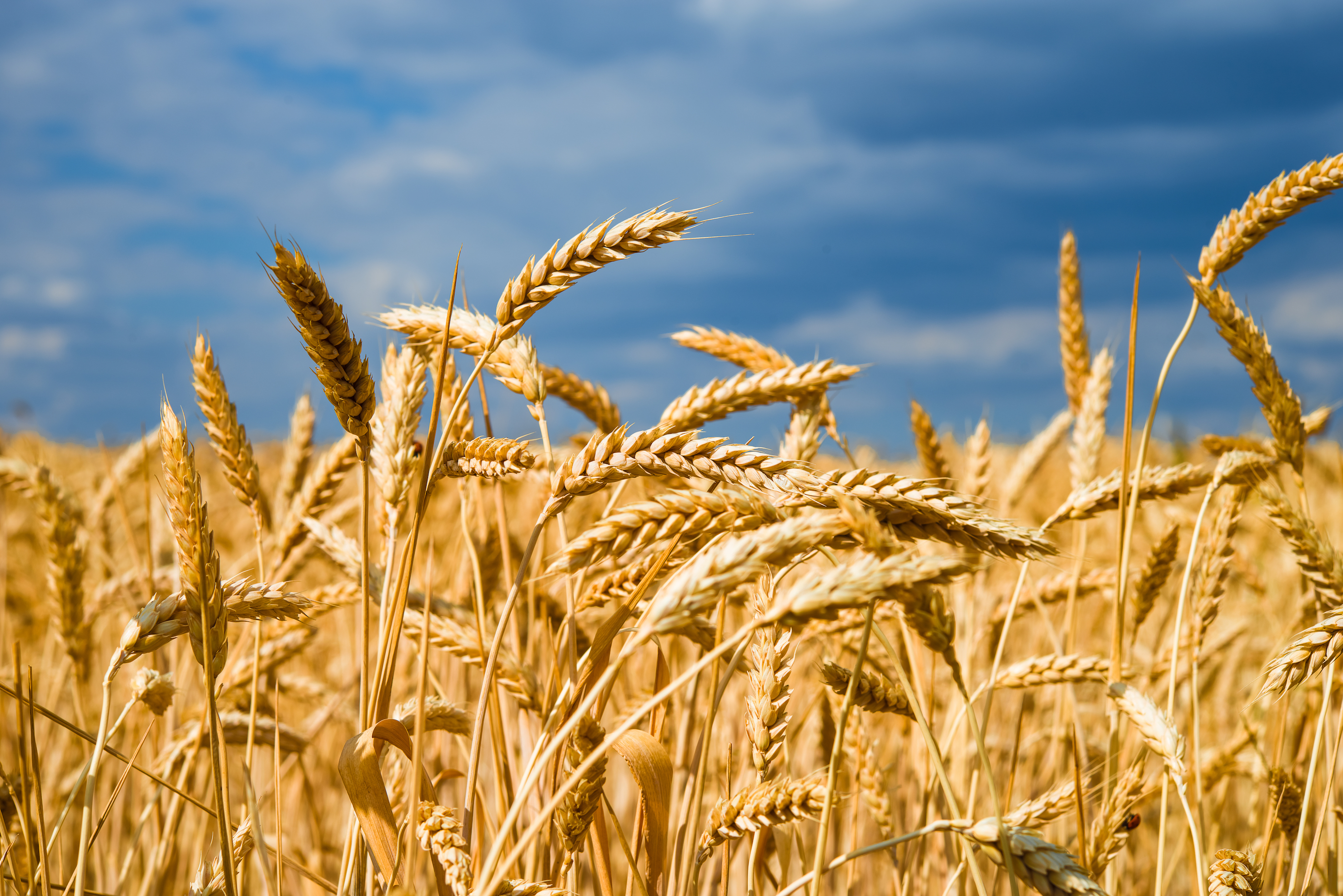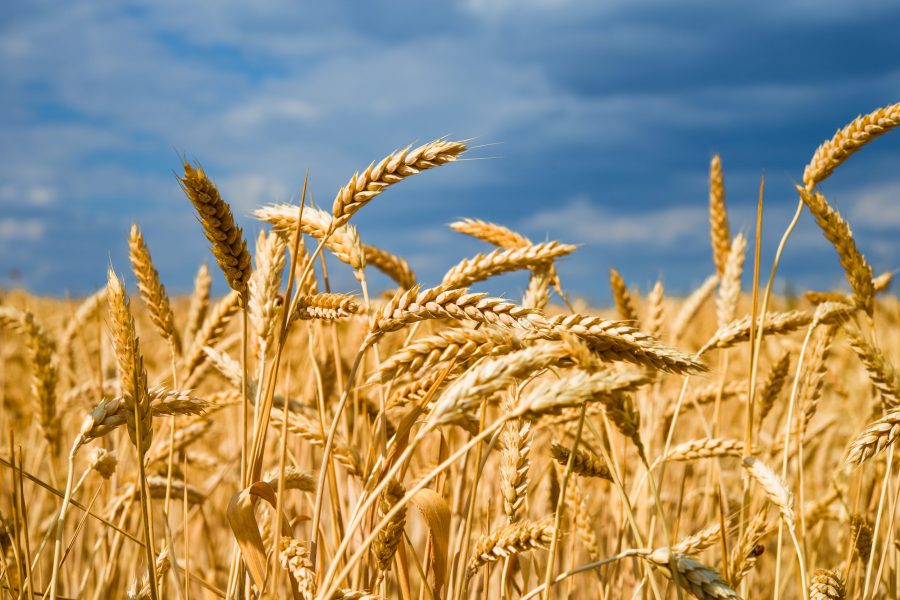
As the industry seeks to get more from the data it’s gathering, CPM profiles three of the latest tools and partnerships which could help growers do just that.
Simplified data sharing will allow us to evaluate any field area efficiently and accurately.
By Charlotte Cunningham
The concept of data gathering is nothing new, and in fact, its ‘importance’ has been talked about for some time.
But once you’ve gathered clouds-worth of data, the question which often arises is: what do I do with it now?
Getting more value from data is something that’s being looked into hugely at the moment, with many growers and industry players now wanting to see all their hard data-gathering work turned into something meaningful, as margins get tighter and we move closer to those looming net-zero targets.
And while software developers grapple for the solutions, there are a few thought-leaders already making notable progress.
Below, CPM has picked out some of the most interesting new launches to help growers get more from their data.
Sandy
New digital assistant Sandy – and founding company, Trinity AgTech – might not be names you’ve heard of yet…
But as a new company which looks to have plucked the very best from British agriculture to formulate both its in-house team and advisory council, it could be that Sandy becomes the on-farm version of Amazon’s ‘Alexa’ in the not-too-distant future – a one-stop shop for everything you want to know about your farm.
The Sandy software launches officially this month and is designed to support farmers as they face major change in farm subsidies and customer preferences, by accurately and independently allowing users to assess their farm’s sustainability – or not.
To give you a bit of background, Sandy was developed by a team of more than 30 scientists and engineers in consultation with farmers and industry names who sit on Trinity AgTech’s Advisory Council.
The firm believes Sandy addresses concerns over the soundness of existing tools, and uncertainty in agricultural markets. Among its core tools are:
- Carbon footprint and biodiversity assessments.
- Management and optimisation of livestock feed strategies.
- Management at a subfield level, monitoring crop performance, growth, nutrient status and yield prediction.
- Analysis of productivity and financial performance at farm, crop and field level.
Jake Freestone, farm manager of Overbury Enterprises, will be trialling Sandy and says he is excited about its ability for managing and monetising a path for farmers towards net-zero and biodiversity targets.
“For years at Overbury, we’ve worked hard to develop a rich and diverse farming system, improved the health and biology of our soils, provided habitats for its wildlife to thrive and a vibrant rural setting for the local community. It’s how we grow our crops, look after our animals and care for our countryside, and we want to capture those values in the produce that leaves our farm and the services we provide.
“With the quality of science underpinning it and the industry backing it’s achieved, Sandy looks set to deliver what we’re looking for. It can pull into one place and make sense of the many data sources we have. It looks to provide clarity and precision through a range of tools that are remarkably easy to use. I hope Sandy will help direct us on our path to building local markets for food with trusted provenance and opportunities to capitalise on emerging income streams.”
With the ability to integrate and work alongside most existing farm management and financial recording tools, Sandy is now available for farmers looking to make their data work for them and can request a demonstration with one of the Trinity AgTech engineers via the website, www.trinityagtech.com
ADM
And for those specifically looking to understand the carbon footprint of their grain, ADM Agriculture has recently announced its plans to launch a contract with farmer suppliers to gather carbon footprint data to increase the sustainability of raw materials entering parent company ADM’s supply chain.
The scheme, which is backed by ADM’s UK processing companies, follows ADM’s recent membership of the Cool Farm Alliance. It uses the platform’s Cool Farm Tool to partner with farmers to better understand and mitigate greenhouse gas emissions across ADM’s global supply chain.
The Cool Farm Tool simplifies the calculation of a crop’s carbon footprint by providing an easy-to-use online assessment that farmers can complete in 10 to 15 mins, says ADM.
By entering data such as crop type, soil characteristics, fertiliser use, irrigation and transport, among others, the science-based digital tool provides information on the types and sources of greenhouse gas emissions across the growing process.
“The Cool Farm Tool offers us a widely used resource in the industry that is based on a standardised methodology to pinpoint where the majority of greenhouse gasses are being emitted at the farm level,” explains Ana Yaluff, ADM’s EMEAI sustainability manager.
“Becoming a member of the alliance allows us to collaborate with our suppliers to offer the use of this tool to farmers in our supply chain free of charge. Together, we will track progress and analyse the impact of agricultural practices to enhance sustainability.”
Jonathan Lane, head of grain trading at ADM Agriculture in the UK, says it will be one of the first ADM companies in the world to start using the tool.
“We are acutely aware of the requirement to understand the amount of carbon used in the production of raw materials. If we can gain a better understanding of that, it will help us move the dial closer to zero-carbon production and in doing so derive tangible value for those able to demonstrate lower emission production.
The team plans to work with growers over a period of three to five years to capture data and evaluate improvements in greenhouse gas emissions, and will be expanding the programme with more growers over time.
The supply chain initiative aims to engage farmers and make them part of the partnership by providing them with contracts backed by ADM Milling and price security to better manage risk.
Collaboration, not competition
Many farmers cite the lack of two-way data transfer between precision platforms as one of the major faults of such technology – hampering the ability in access and evaluate core data, and ultimately strategic and tactical farm management decisions.
However, leading industry leaders, Bayer and Hutchinsons, have united in a collaboration to enable the transfer, sharing and analysis of data to become faster and more efficient.
But what does this mean in practice?
This collaboration will allow growers to do more with the data they are already generating, not only improving crop management for optimised yield and returns but also shaping farm strategy for a more sustainable business, says Bayer.
Hutchinsons Omnia and Bayer FieldView users will be able to synchronise data between the two systems, allowing growers to increase knowledge and improve decision making on their farms.
Bayer’s Max Dafforn says the collaboration is logical given the synergies between the two platforms. “Omnia’s precision agronomy tools combined with FieldView’s data capture makes the analysis of variable rate applications quicker and more effective.
“Effectively users will have streamlined data collection and the ability to overlay yield data with variable rate application information quickly and accurately. Farmers will be able to utilise their data to generate Cost of Production maps within Omnia and make better farm management decisions.”
Hutchinsons’ Oliver Wood believes the data shared between the two systems will help growers optimise decision making and focus on key areas of a farm or field. “Cloud-syncing Omnia and FieldView data will help growers visualise and analyse data more effectively, giving new insights on crop management strategies and operation effectiveness. This will help growers improve poor performing field areas or identify alternative uses.”
Once the linkage between the two platforms is in place field boundaries will be synchronised between the two platforms, eliminating the need for manual file transfer or duplicated data entry.
Yield data, captured real-time in FieldView, will import automatically into Omnia, meaning seamless data transfer without the need of portable storage devices.
It also is claimed to eliminate the inconvenience of dealing with different yield file formats, saving time – another perceived barrier of such technology.
Omnia users have been able to trial FieldView since the beginning of June providing sufficient time for the setup and familiarisation with the platform, enabling data flow for harvest 2021, says the firm.
One enterprise already benefiting from both platforms is G H Hoyles, Long Sutton, Lincs.
The business was an early adopter of the Omnia platform, and last season started trialling Climate FieldView.
The entire farm was mapped using Omnia, including non-cropped areas, and assistant farm manager Henry Richardson uses it for variable rate seed and fertiliser plans, and mapping PCN areas which is partly managed by variety and increased fertiliser rates.
“It’s seamless. The Plant Vision scanner works perfectly with our sprayer, allowing us to detect changes in biomass and highlight potential problem areas. We also use these NDVI images to create fertiliser plans in Omnia. Likewise, the Connect App links up perfectly with the drill to plan and implement variable rate drilling.”
He expects seamless connectivity between the two platforms to make the evaluation of variable rate applications easier. “Our success has been built on trialling, evaluation and benchmarking to refine farming practice, and that needs to continue with the challenges that lie ahead and continuing weather volatility. Simplified data sharing between Omnia and FieldView will allow us to evaluate any field area efficiently and accurately, helping us improve management decisions.”
Further integrated functionality is planned for the future. This will increase access within the two platforms extending the benefits across the farm, adding enhanced field insight to further refine crop management decision making.




